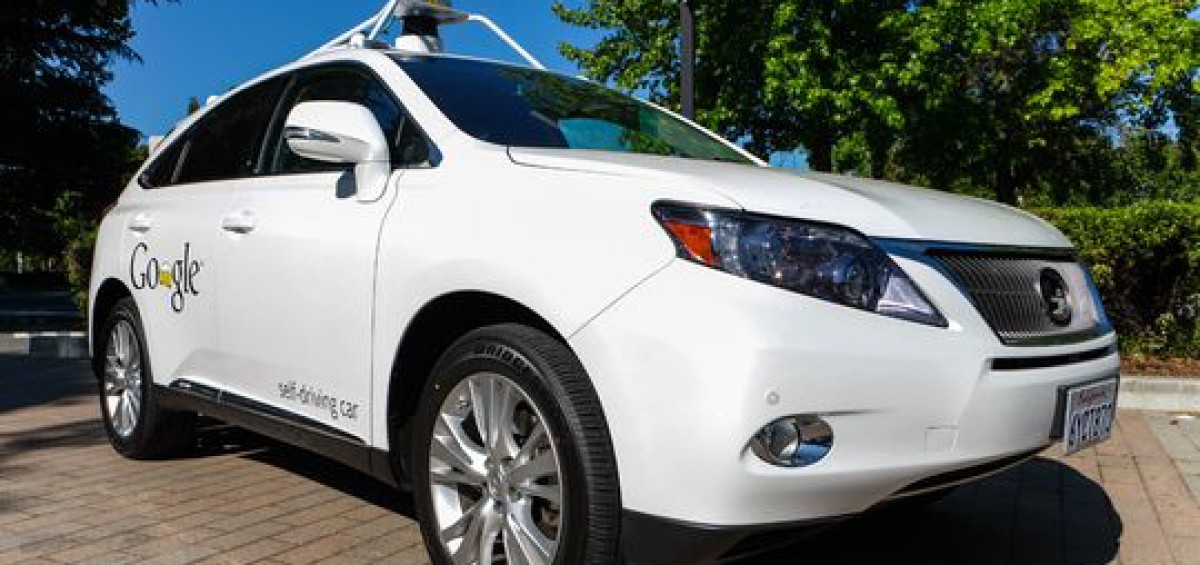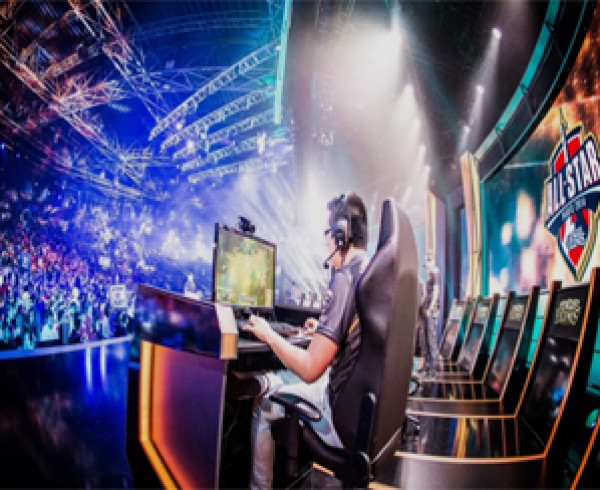Here’s the core of it:
We did spend some time thinking about ways we could build features to address what is often referred to as “The Handoff Problem” — keeping drivers engaged enough that they can take control of driving as needed. The industry knows this is a big challenge, and they’re spending lots of time and effort trying to solve this. One study by the Virginia Tech Transportation Institute found that drivers required somewhere between five and eight seconds to safely regain control of a semi-autonomous system. In a NHTSA study published in August 2015, some participants took up to 17 seconds to respond to alerts and take control of the the vehicle — in that time they’d have covered more than a quarter of a mile at highway speeds. There’s also the challenge of context — once you take back control, do you have enough understanding of what’s going on around the vehicle to make the right decision?
In the end, our tests led us to our decision to develop vehicles that could drive themselves from point A to B, with no human intervention. (We were also persuaded by the opportunity to help everyone get around, not just people who can drive.) Everyone thinks getting a car to drive itself is hard. It is. But we suspect it’s probably just as hard to get people to pay attention when they’re bored or tired and the technology is saying “don’t worry, I’ve got this…for now.”
In other words, Google argues that it takes so much time for a driver to context-switch between being a passenger and actively driving the vehicle that it’s a better idea to just let the car do all the work from start to finish. (Interestingly, a recent Google patent suggested a method for taking control of a self-driving car and handing it back, but many visions of a fully autonomous car of the future still suggest method for taking over control when the car just can’t hack it.) In the report, Google also notes that a fully autonomous car enables people who can’t drive to get around, which is something a present-day Tesla with Autopilot — or next year’s Cadillacs with Super Cruise — definitely can’t do.
Arguments about full autonomy aside, the primary function of these monthly reports is to discuss any new crashes; there weren’t any for October, and thus far, every crash Google has reported in the past has been the fault of another driver.
Original Source: http://www.theverge.com/2015/11/2/9659912/google-self-driving-car-october-2015-report









